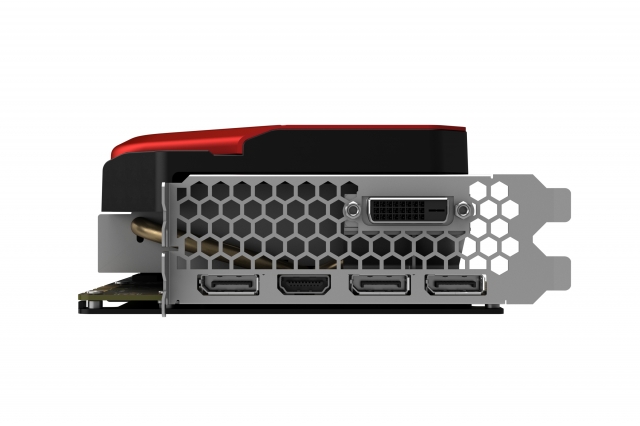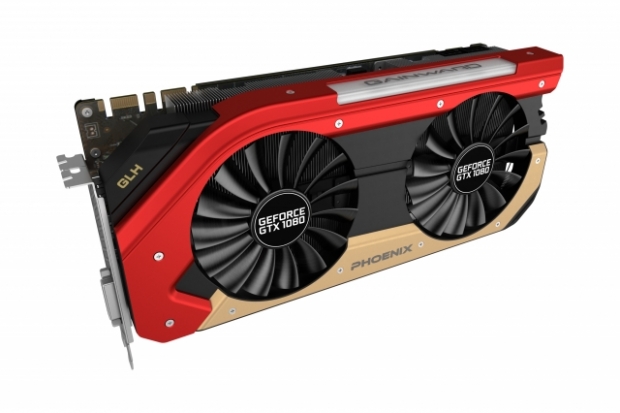Index
A closer look at GTX 1080 Phoenix
We met the Phoenix cooler for the first time in September 2015, when Gainward showed us the Geforce GTX 980 Ti Phoenix, (shown below). We were impressed with the cooling performance and the great build quality (all aluminum). 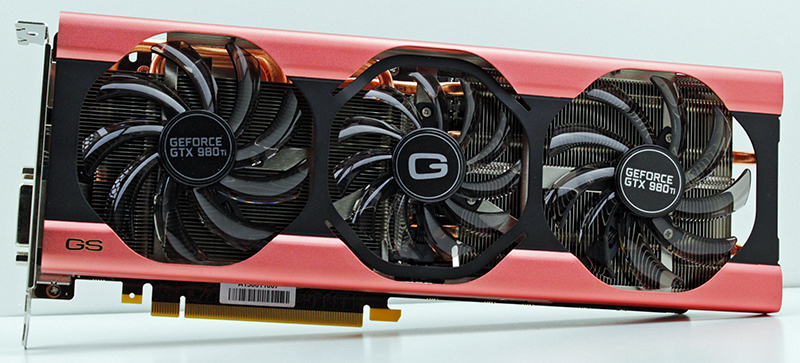
Gainward has crafted another Phoenix cooler for the Geforce GTX 1080, which is much bigger. We hope it is more powerful. The Next image shows new GTX 1080 Phoenix Goes Like Hell graphics card.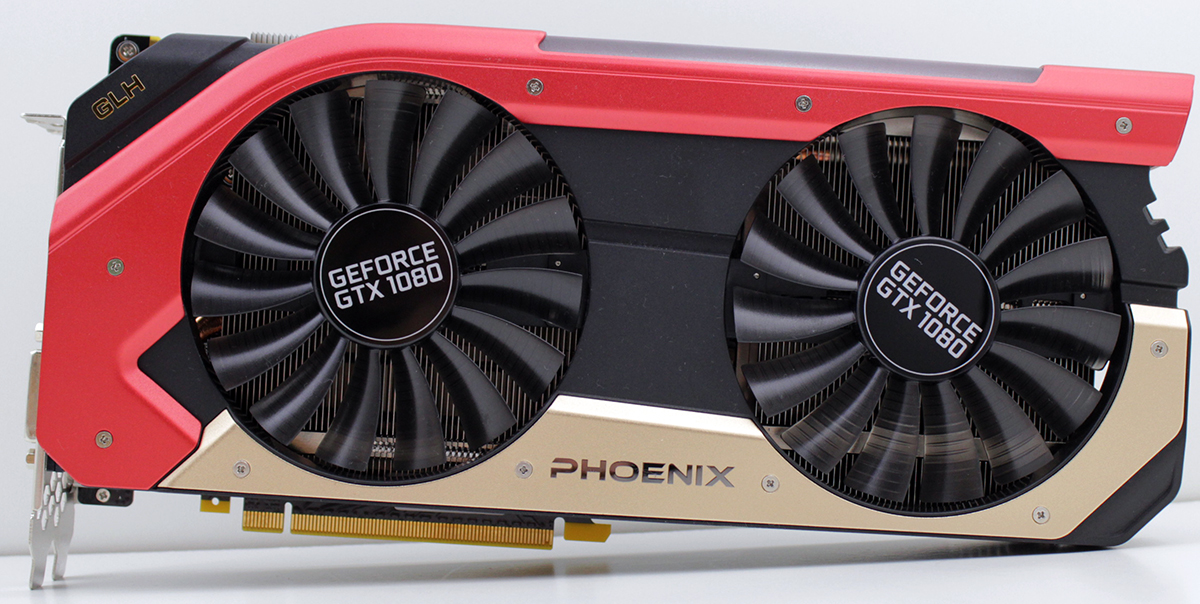
The new Phoenix measures 28.5sm x 13.3cm, and this is one clear confirmation that we are looking at an oversized graphics card. We’re talking about 2.5 slots width, with a card which is 2cm taller than standard.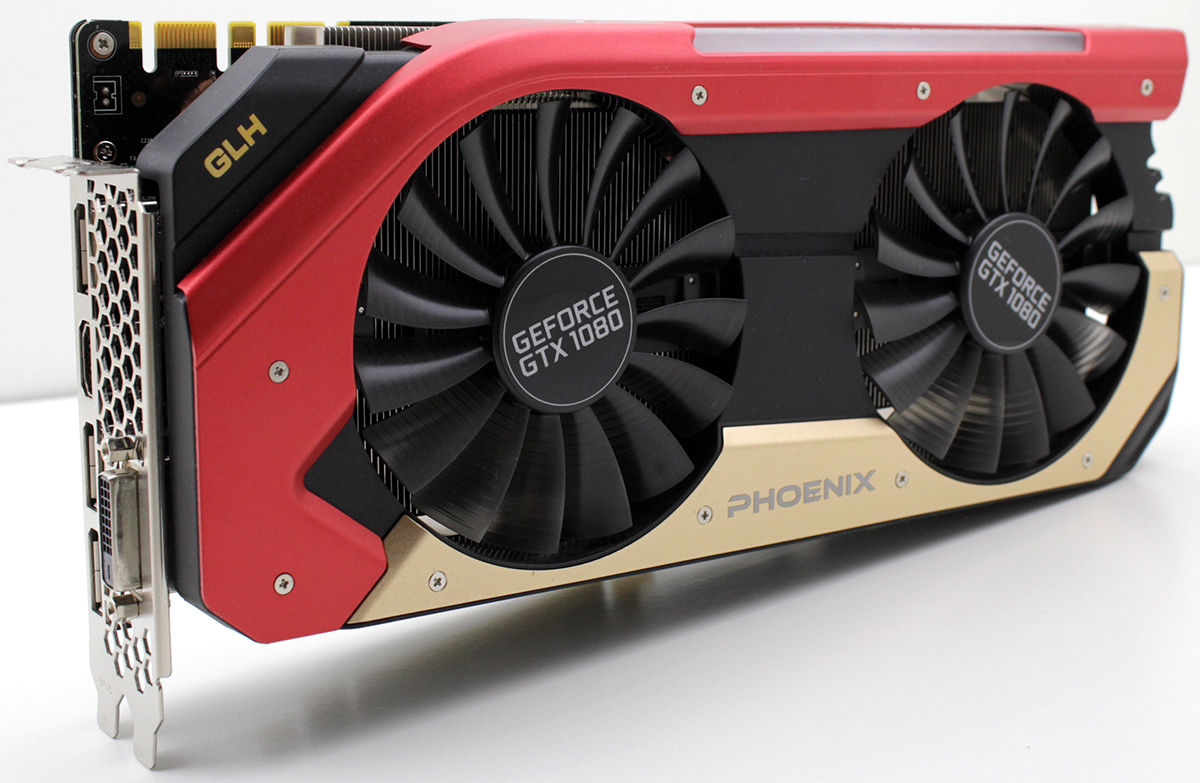
For a long time Gainward used a Phantom cooler which was also 2.5 slots wide. The Phantom cooler performed well and was famous for its removable fan feature, as shown in the image below. However, its 2.5 slot width was a drawback for some users when considering 3-way or 4-way SLI setups. Since Nividia no longer supports 3-way and 4-way SLI, at least not directly, maybe Gainward is not wrong with introducing again a 2.5 slot cooler. 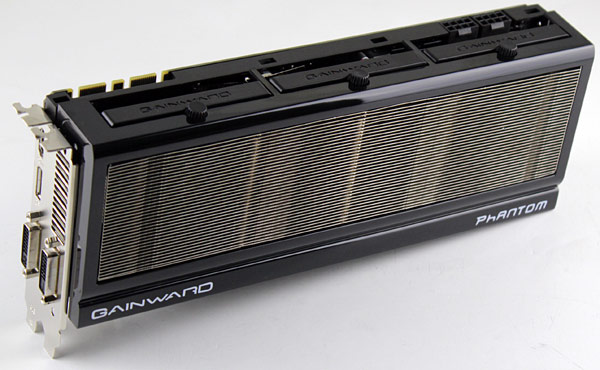
A special feature of the Phantom cooler was that the fans can be removed without removing the heatsink or messing with the wiring.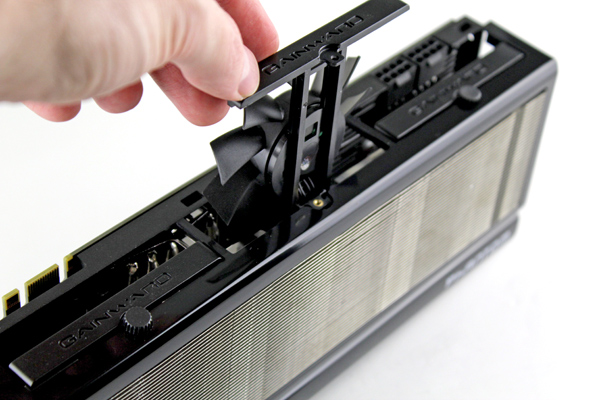
Officially the GTX 1080 supports only two-way SLI. This is so that it can provide more bandwith at 4K at 60 Hz and above. To support this, Nvidia developed advanced high-bandwidth SLI bridges called "SLI HB" which need SLI connectors in 2-way SLI mode. Both 3-way and 4-way SLI are still possible using a special software key from NVIDIA (while support in future games depends on the game/benchmark developers). 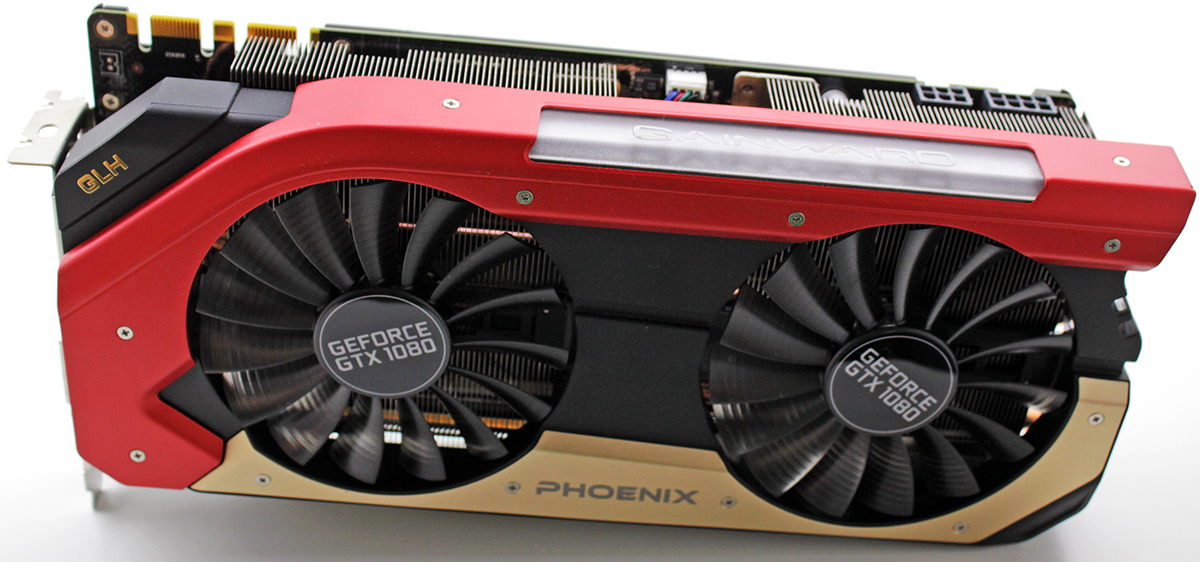
The GTX 1080 Phoenix cooler comes with a large heatsink and it relies on two 10cm fans for good cooling.
Gainward added a bit of value to the GTX 1080 with a custom design and generous factory overclock. If you prefer an Nvidia reference design, you can find it in Gainward’s portfolio. Next image shows Gainward GTX 1080 Founders Edition. Dimensions of this card are 27.0 cm x 11.0 cm.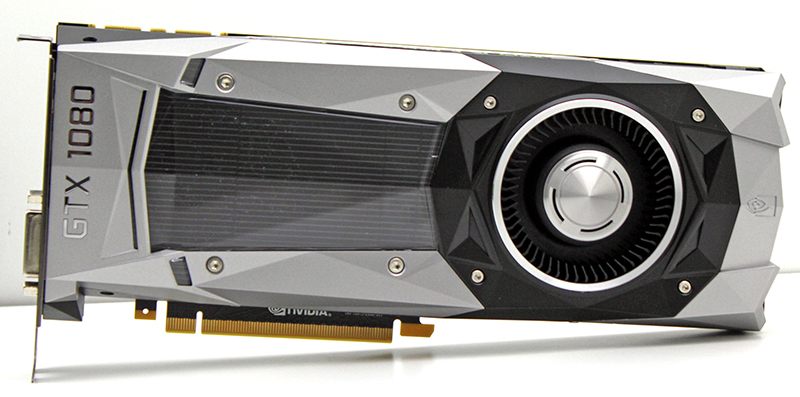
The reference cooler design is not changed much compared to the previous generation. It uses a vapor-chamber baseplate to soak up the heat quickly - but as you can see the shroud has a slightly tessellated surface to provide more edged surface. The GTX 1080 has high GPU clocks and the reference cooler is not the best thing to use. It is not really loud or annoying, but it is not quiet either. We hope the Phoenix will score well here.
We miss the backplate on the GTX 980 Phantom card, but the GTX 980 Ti Phoenix GS and GTX 980 Ti Phoenix GS cards come with it. It is not that much important for the cooling but the backplate adds much to the overall image of the card. 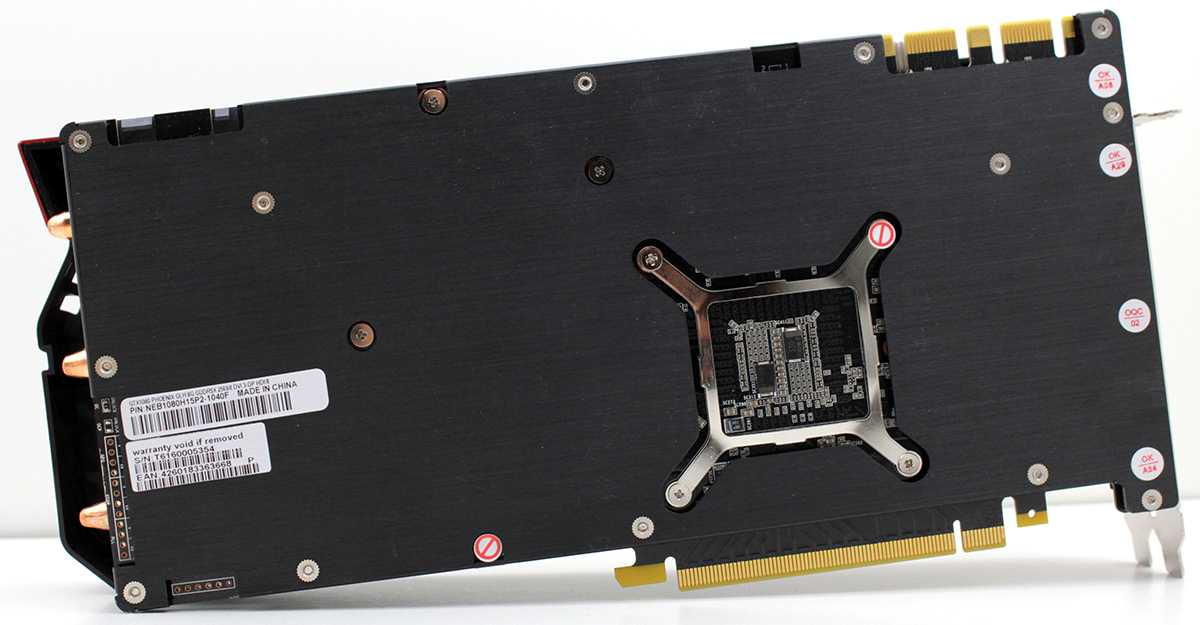
The GTX 1080 supports Microsoft Direct X12 and DisplayPort 1.4 and HDMI 2.0b. Since the DVI connector lacks analog wiring there is no support for D-sub monitors through dongles. After we become acquainted with Adaptive V-Sync which was introduced with Kepler, and with G-SYNC introduced with Maxwell, it was time to learn about Fast Sync. This display sync option combines good and bad sides of the two V-Sync modes. Fast Sync provides low-latency but at the same time it eliminates frame-tearing.